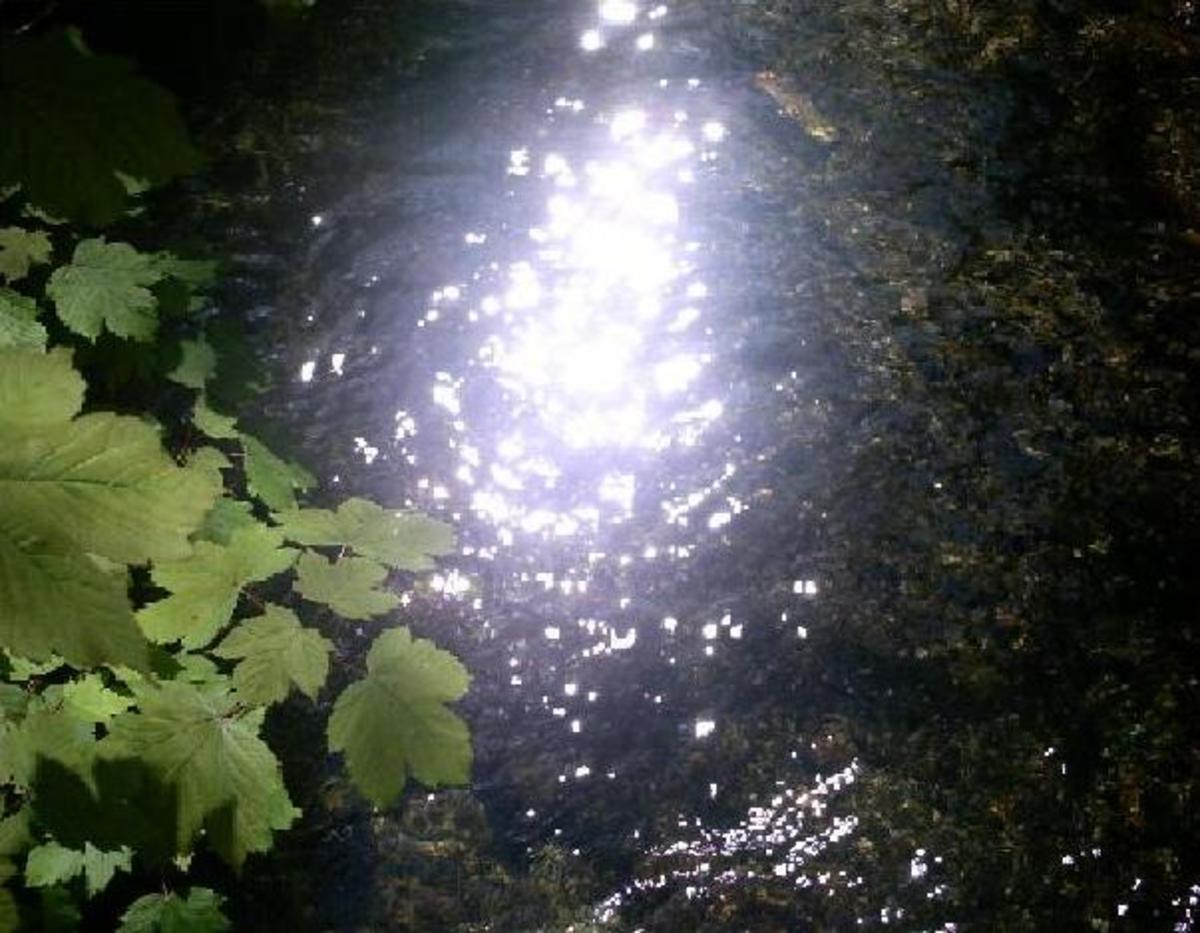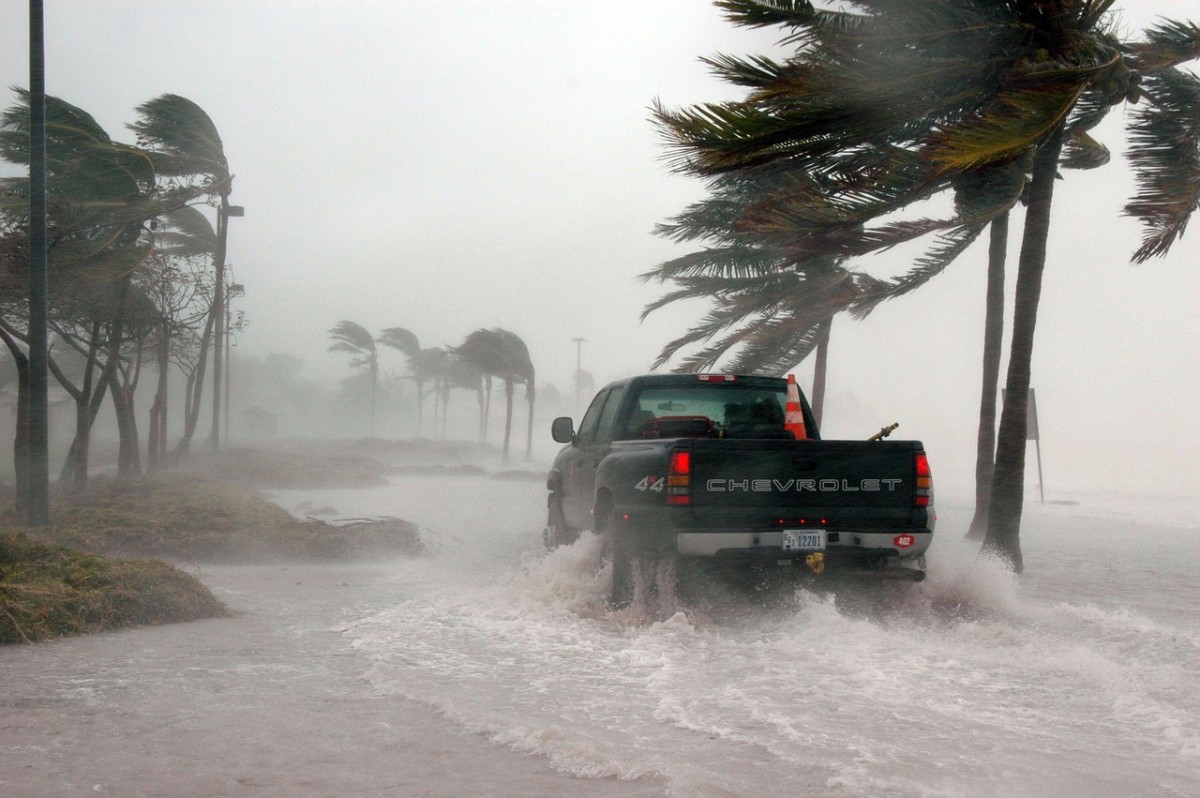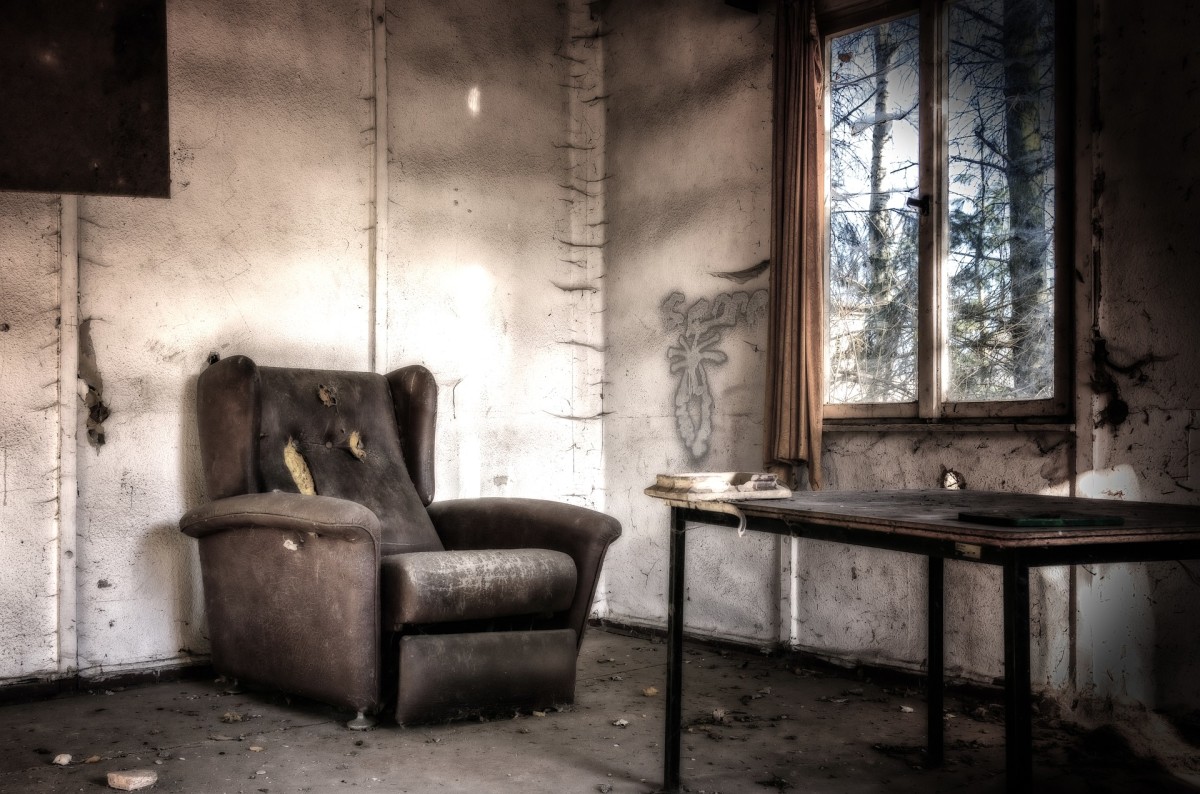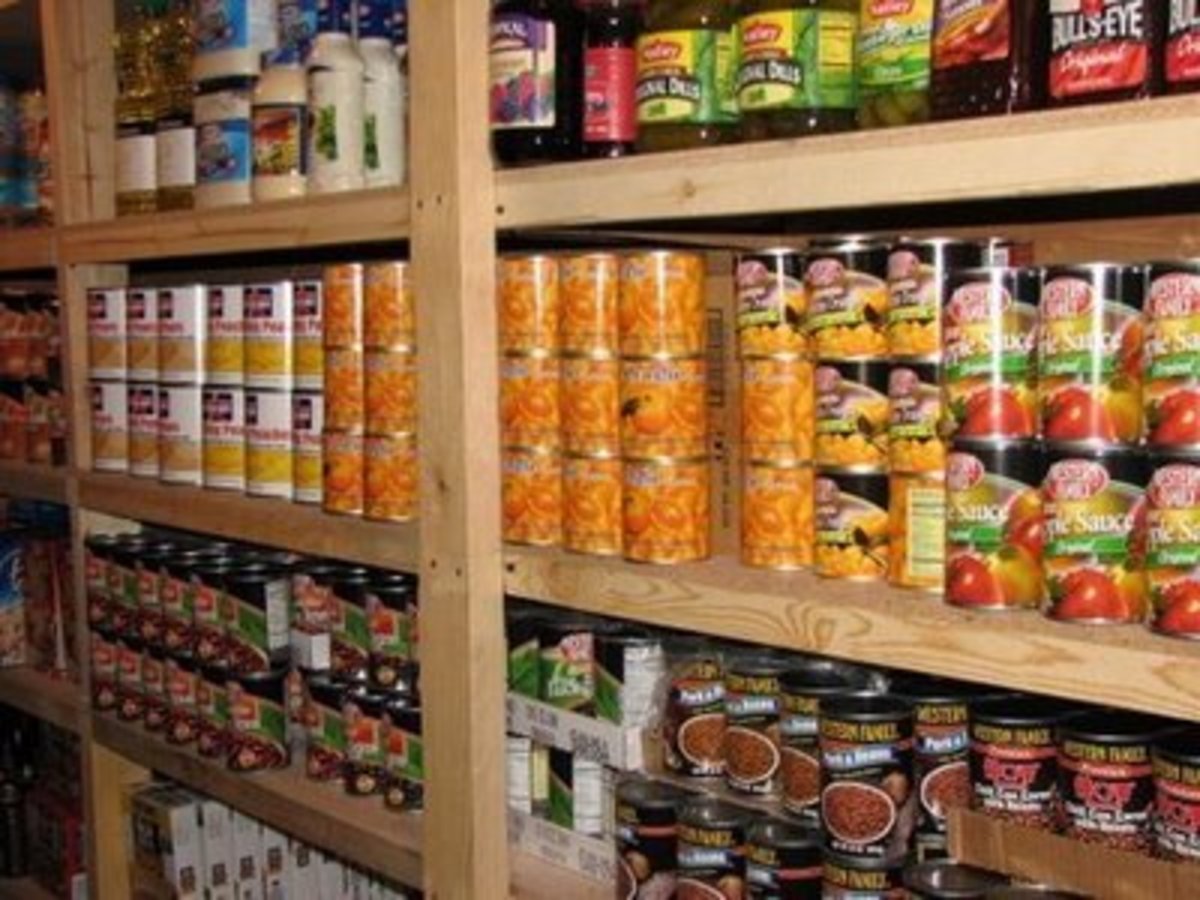How to clean up a major oil spill?
An environmental mess.
When a major oil spill occurs, the impact to the surrounding environment is truly devastating. Killing wildlife in the sea and on land by the thousands. Eco systems often suffer the detrimental effects of the oil slick being present in their habitat for years after the event and long after the oil spill has been cleaned up. In some cases generations of fish, sea lions, seals, shell fish and sea birds populations have yet to fully recover from the depletion and destruction of the mistake caused by mankind's demand of the substance oil, of which we use for many products.
In light of the recent oil spill it was obvious to see how such an occurrence can make such an impact on the life forms affected by it, but just how do the oil companies to clean up such a monumental mess?
Other major oil spills.
Date
| Ship/Tanker/field/well
| Location of spillage
| Gallons of oil spilt.
|
|---|---|---|---|
1970
| Othello
| Tralhavet bay, Sweden
| 1 764 000 - 29 400 000
|
1972
| Sea star
| Gulf of Oman
| 33 810 000
|
1976
| Urquiola
| La Coruna, Spain
| 29 400 000
|
1977
| Ecofisc oil field
| North Sea
| 8 200 000
|
1977
| Hawaiian patriot
| Northern Pacific
| 29 106 000
|
1978
| Amoco Cadiz
| Portsall, France
| 65 562 000
|
1979
| Burmah Agate
| Galveston bay, Texas
| 10 700 000
|
1979
| Ixtoc oil well
| Gulf of Mexico
| 176 400 000
|
1979
| Empress
| Trinidad and Tobago
| 88 200 000
|
1983
| Nuwruz oil field
| Persian Gulf
| 176 400 000
|
1989
| Exxon Voldez
| Prince william sound, Alaska
| 10 080 000
|
1989
| Khark 5
| Atlantic Ocean, North of the Canary islands
| 19 000 000
|
1991
| Kiriki
| Cervantes, West of Australia
| 5 880 000
|
1992
| Aegean sea
| La Coruna, Spain
| 16 000 000
|
1993
| Braer
| Shetland, Scotland
| 26 000 000
|
1994
| Rupture of oil pipeline
| Uninsk, Russia
| 4 300 000
|
1996
| Cargo freighter
| Block Island, off Rhode Island, Milford Haven, Wales
| 73 450
|
1997
| Diamond Grace
| Tokyo Bay
| 13 400
|

Chemical dispersal agents.
These are cleaning agents, specifically designed to dissolve and disperse of oil. They are effective in the use of oil spills and commonly used.
However they do have a detrimental effects on the sea birds that may encounter it, as the dispersal agents will effectively wash the birds of the natural oils from their feathers. Leaving them less able to deal with wet weather and making it more difficult for them to swim as their buoyancy will be affected.
Inflatable floating boom tubes.
Ironically British Petroleum developed the largest weir boom system in the 1980's.
Either end of the boom is attached to a supply ship, these move steadily in conjunction with each other through the sea. Because oil floats on water, the boom is able to confine the oil and prevent it from spreading further. However this only works if the spill is dealt with extremely quickly and there is no further spillage occurring. However as this is often not the case, several attempts at using the boom is often required, targeting different areas, near the tanker or rig. Once trapped the oil is then pumped through a floating pipeline to a close tanker from one of the ships. This system can collect up to 15,000 tons of water and oil mixture per day, although this does sound like a significant amount, when we compare it to the millions of gallons that are often lost as a result of a spill, we can see why it can take weeks or months before the clear up operation is complete.
Weir skimmers.
Weir skimmers are placed just below the surface of the water and the oil flows over it and is then pumped into a reservoir. Because the level on one side has to be lower then the other, there is a pump that manages this job.
Sorption skimmers.
Sorption skimmers use chemically treated mops, rollers or belts. The special synthetic chemical material, draws the oil to the devises but not the water. As the belt, mop or roller rotates across the sea, the oil clings to the surface of the treated objects. It is then scrapped off with a blade, after being carried along in a container.
Open topped oil drums.
Open topped oil drums are placed in shallow water, with the rims skimming just below the surface of the sea, the oil then runs from the surface of the sea into the space left in the open topped oil drums, which is then pumped out and transferred elsewhere.
Machines and earth moving equipment.
Large pieces of machinery and specialist earth turning equipment are bought to the scene of the spillages on land, the oil in the earth is mixed and moved with the sand or soil effected, so as to temper it. This helps the environment to recover from the detrimental impacts caused by the spill, by diluting it and letting nature aid it's decomposition.
Drainage trenches'.
Drainage trenches' are dug to a few feet deep in an attempt to trap oil when it reaches land. As the sea carries the water and oil to the beach or nearby land, the trenches trap it and the water seeps into the ground leaving the oil floating on top.
Straw and sawdust.
These natural materials are used to absorb some of the damaged caused on areas of land. They are spread liberally on the ground until as much of the oil can then be retained by it, then they are carefully gathered and transported for dumping. This method does help somewhat with the clearance of the oil, it is however only marginally helpful as much is still left behind and for the most part, the damage has already been done.




